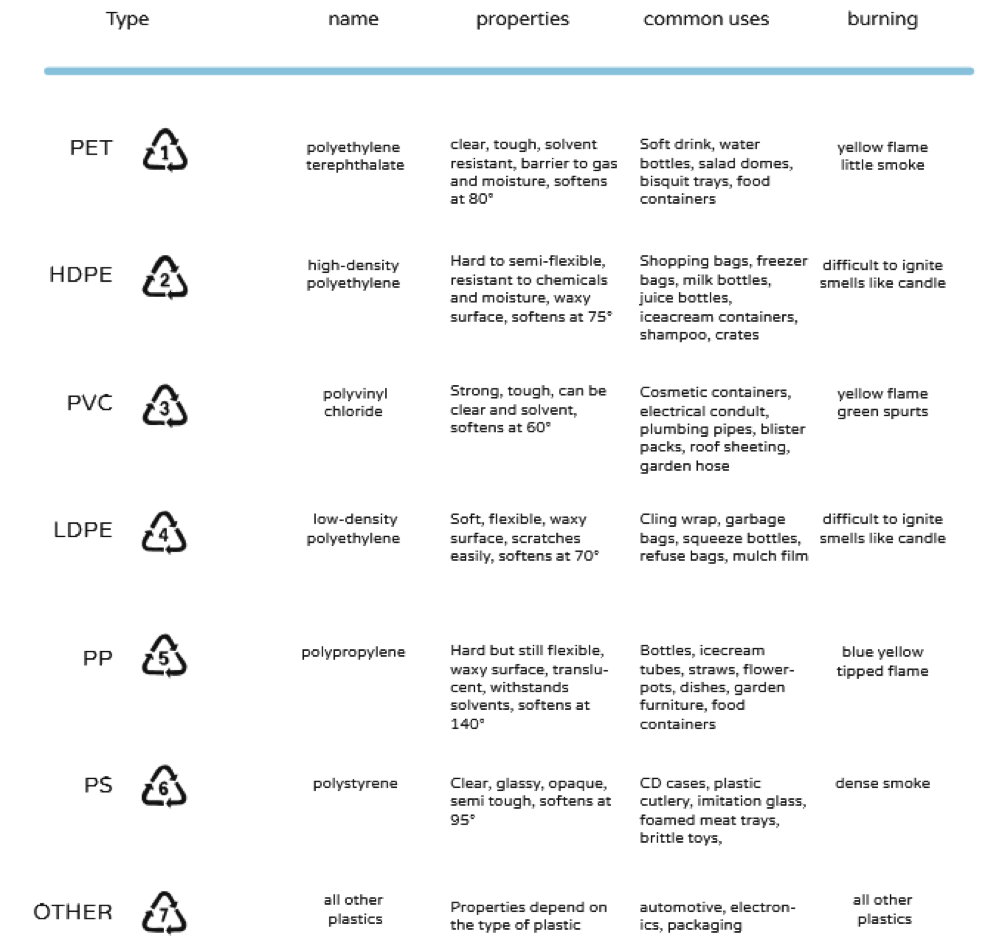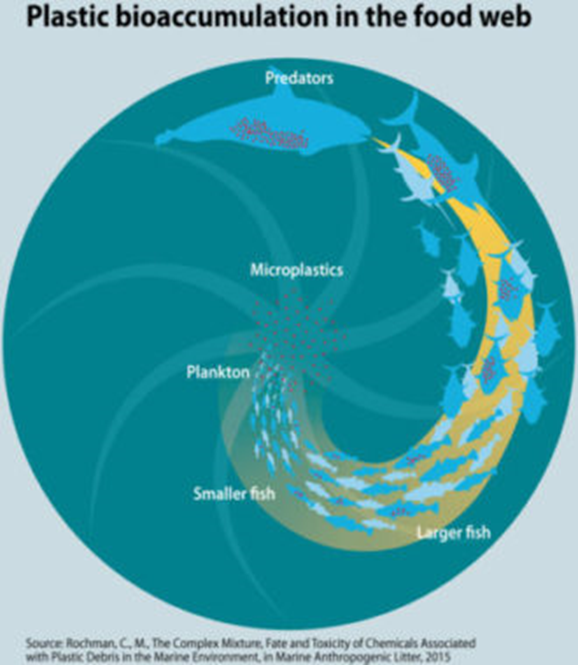World Ocean Day
Ruth is a Master Diver & wears our Bamboo Vest Dress in Black
June 8th is World Ocean Day!
“On World Ocean Day, people everywhere can celebrate and take action for our shared ocean, which connects us all. Get together with your family, community, and /or your company, and join with millions of others around our blue planet to start creating a better future.
By working together, we can -- and will -- protect and restore our shared ocean. Join this growing global celebration in June and continue to grow the engagement year-round!”-World Ocean Day.Org
Some Scary Stats:
The equivalent of one garbage truck of plastic waste is dumped into the ocean every minute
If no action is taken, this is expected to increase to two garbage trucks per minute by 2030 and four garbage trucks per minute by 2050
In a business-as-usual scenario, the ocean is expected to contain 1 tonne of plastic for every 3 tonnes of fish by 2025, and by 2050, more plastics than fish (by weight)
100,000 marine mammals die each year from plastic pollution
What is Plastic Pollution?
Plastic Pollution is the contamination of the environment by plastics. Plastics are synthetic organic materials produced by polymerisation. Worldwide plastic production has increased from 1.5 million tonnes a year in 1950 to 322 million tonnes a year in 2015. Due to rapid urbanisation and economic development in a market driven by consumerism and convenience, along with the relatively low price of plastic materials, there has been a rapid increase in the generation of waste plastics all over the world. This is a major environmental concern for three main reasons: dependence on fossil fuels, solid waste clogging up ecosystems and microplastics.
Plastics do not biodegrade.
They do not decompose naturally in the environment. Plastic waste is either put in landfill where it can contaminate groundwater by leaching harmful chemicals, incinerated which releases toxic chemicals into the atmosphere (Dioxins, Furans, Mercury and Polychlorinated Biphenyls), or littered. Because of plastic’s lightweight and durable nature, it is very likely to be swept into waterways, making its way from cities to the sea. Plastics reduce the productivity of natural systems such as the ocean.
Microplastics
In marine environments, the combined effects of UV radiation, chemical degradation, wave mechanics and grazing by marine life weakens plastics, causing them to fragment into increasingly smaller pieces known as microplastics. Microplastics can be found everywhere: from sea surface to the sea-floor, in deep-sea sediments and even in Arctic sea ice. They create a smog of debris in seawater and are mistaken for food by plankton, birds, fish and other marine animals. They have even been found in table salt, and the average shellfish consumer ingests 11,0000 microplastic particles a year. Microplastics soak up chemical additives and endocrine disruptors, and act as vectors for pathogenic bacteria. The complexity of estimating toxicity means potential risks to human health not yet known. Given the presence of heavy metals and other concerning chemicals, it is however wise to limit the entry of plastic into the food chain.
The fact that microplastics absorb endorcine disruptors means that when ingested, they can affect correct hormone function. Hormones in the human body regulate digestion, metabolism, respiration, tissue function, sensory perception, sleep, excretion, lactation, stress, growth and development, movement, reproduction, and mood.
Microfibres
Microfibre pollution is an example of how little we know about the extent of the plastic problem. Microfibres are microscopic fibres released into waste water systems by washing machines when we wash our clothes. They originate from a wide variety of synthetic textiles (such as nylon, polyester, rayon, acrylic or spandex)—everything from running shorts to yoga pants to fleece jackets and more—which shows the need for engagement on this issue by the entire apparel industry and through all steps in the product life cycle.
Garments of a higher quality shed less in the wash than low-quality synthetic products, illustrating the importance for manufacturers and consumers alike to invest in gear built to last.
What can we do?
Demand stricter regulations: If enough of us make our governmental representatives realise how much we care about this issue, policy makers can influence producers and instigate widespread, far-reaching positive change. Signing petitions and staying informed is important.
Spread awareness: Talking about the issue to friends and family, at work or at school, can help spread awareness.
Change behaviours: It is important for every individual to adopt new habits such as always carrying a reusable bottle, bag, and straw and seeking out plant based, biodegradeable alternatives.
Avoid single-use plastics: We can all help by avoiding single-use plastic in our day to day life. At the supermarket, choose products not wrapped in plastic.
Organise clean-ups: Leading by example and cleaning up your own local neighbourhood, beach or riverside can have a ripple effect on the community. By normalising the behaviour of caring for the place we live in, others will start to do the same.
Written by Nina Clayton of @makeartnotwaste for the Marine Conservation of Cambodia
Kokoro’s Promise
All of our clothing is completely free of microplastics
All of our fabrics are biodegradeable
Our sourcing & manufacturing processes require very little water
Our packaging is made from Organic Poplin, using no plastic to store our pieces
We use recycled & even biodegradeable packaging for all orders
Our Bamboo Fabric contains naturally antibacterial properties, so needs to be washed less frequently, cutting down on water usage for laundering




